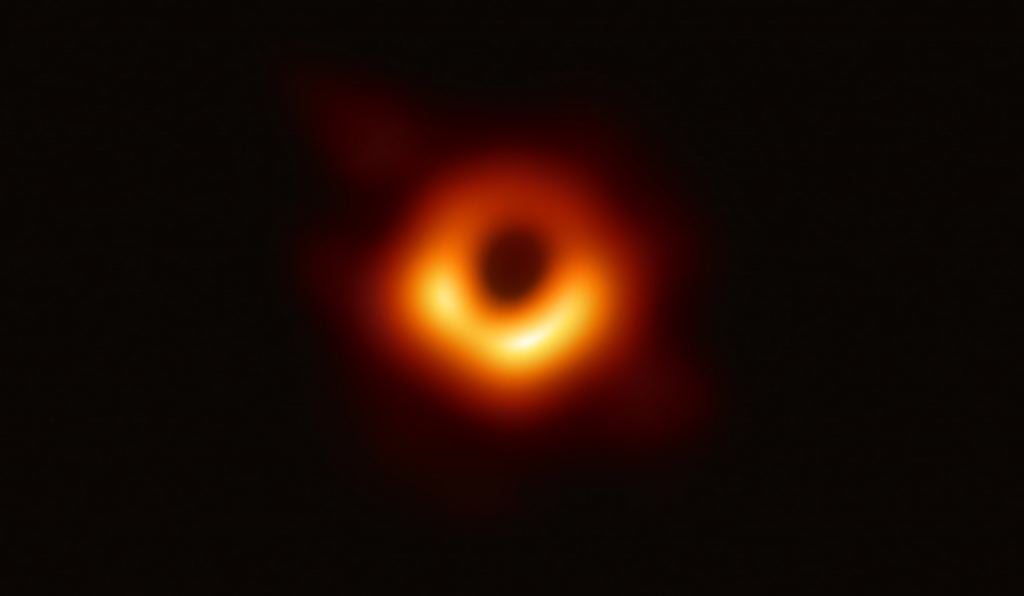The universe is littered with supermassive black holes. There's one a mere 30,000 light-years away in the center of the Milky Way. Most galaxies have one, and some of them are more massive than a billion stars. We know that many supermassive black holes formed early in the universe. For example, the quasar TON 618 is powered by a 66 billion solar mass black hole. Since its light travels nearly 11 billion years to reach us, TON 618 was already huge when the universe was just a few billion years old. So how did these black holes grow so massive so quickly?
One idea is that some of the very first stars were giants. With a mass of more than 10,000 Suns, such a star would be very short-lived, and would quickly collapse into a large black hole. These first black holes would act as seeds in the center of a galaxy, consuming nearby material to grow quickly in size. Some of them would even collide and merge to form an even larger black hole. While it's a reasonable model, computer simulations find that this process takes too long. This process can't produce the kind of black holes we see in the early universe such as TON 618.
Another idea is known as the direct collapse scenario. In this model, a small supermassive black hole forms all at once. Dense gas in the middle of a proto-galaxy cools enough to collapse under its own weight, forming a black hole. Since these black holes would have a head start on mass, they can quickly grow into the supermassive black holes we observe.
So far we haven't been able to observe a direct collapse black hole (DCBH). A few years ago a couple of candidate DCBHs were discovered by their infrared signals. These might be confirmed when the James Webb Space Telescopes is (possibly) launched later this year. But recently a study argues that we might observe DCBHs by their radio signatures.
When black holes actively consume nearby matter, they can create powerful jets of hot plasma. These jets are radio loud and are one of the ways we identify supermassive black holes. Direct collapse black holes should have similar jets, but the jet material would be denser. And since DCBHs would form in the early universe, their radio signals would be more redshifted. This latest work argues that the radio signature of DCBHs would be similar in structure, but easily distinguishable from the radio jets we see today. The signature would also differ from jets created by seed black holes.
Unfortunately, these high-redshift radio sources can't be seen by current radio telescopes. But they should be bright enough to be detected by the Square Kilometer Array (SKA) and the proposed next generation Very Large Array (ngVLA).
Reference: Yue, B., and A. Ferrara. " Radio signals from early direct collapse black holes." *Monthly Notices of the Royal Astronomical Society* 506.4 (2021): 5606–5618.
 Universe Today
Universe Today

